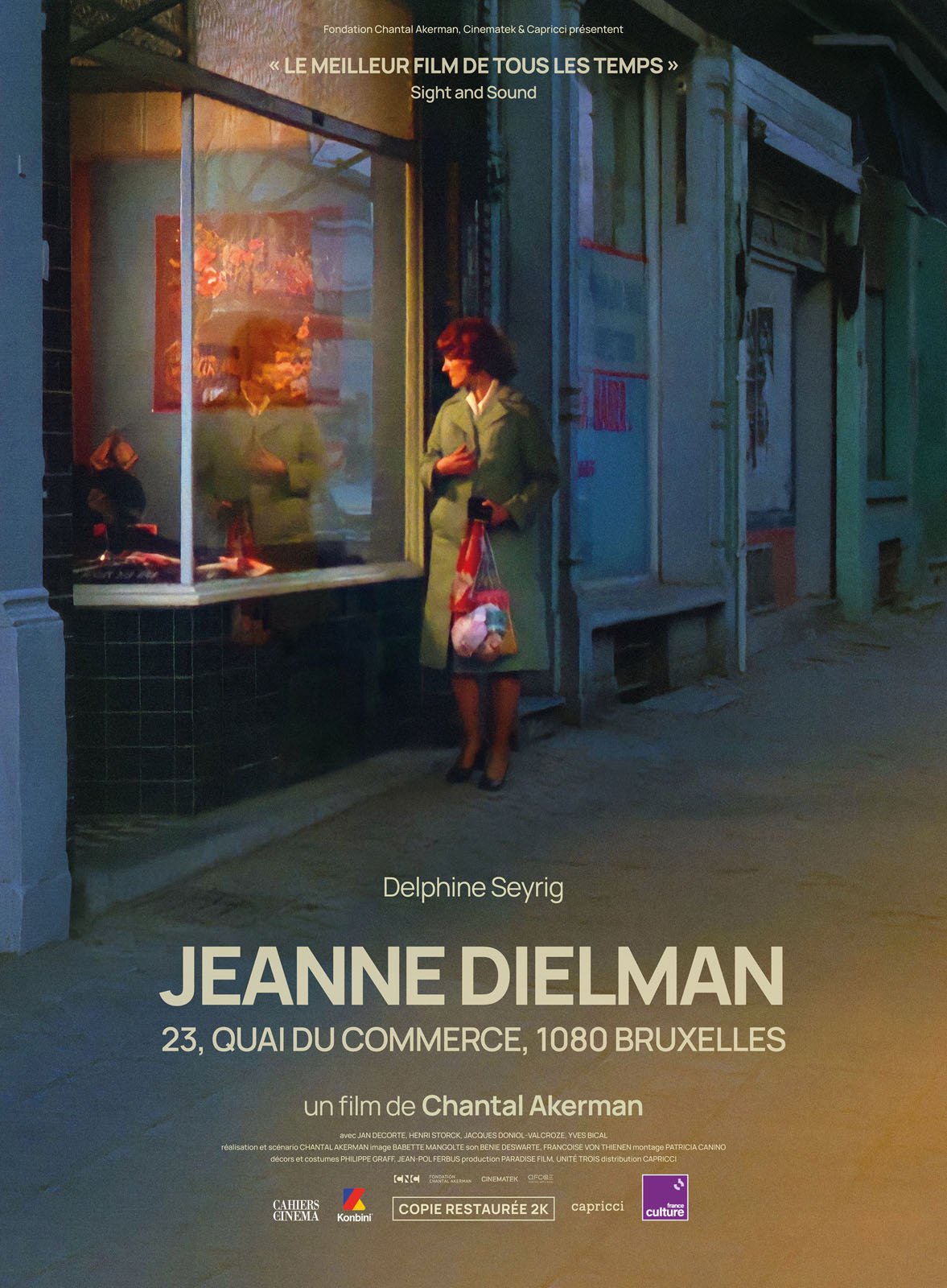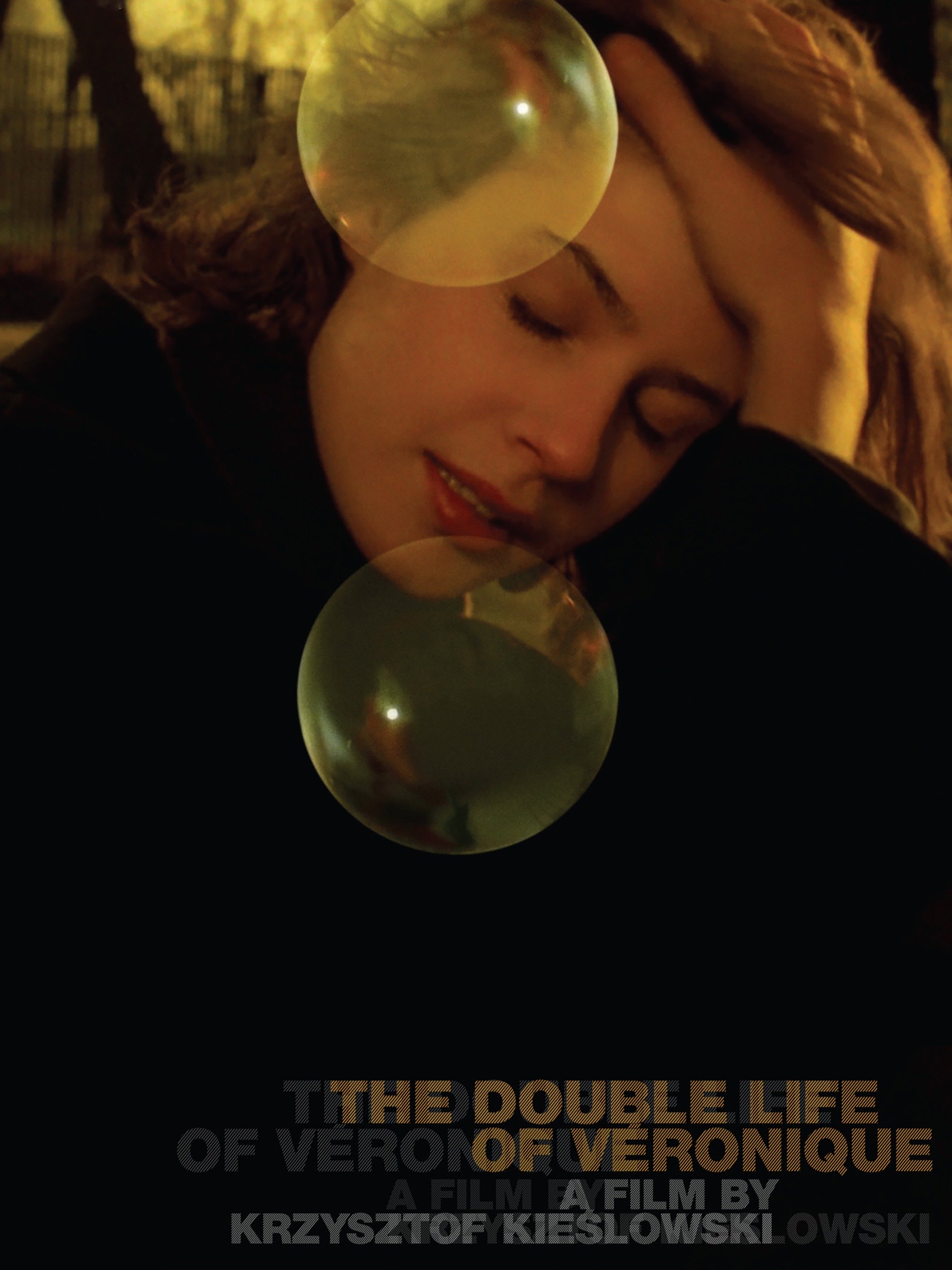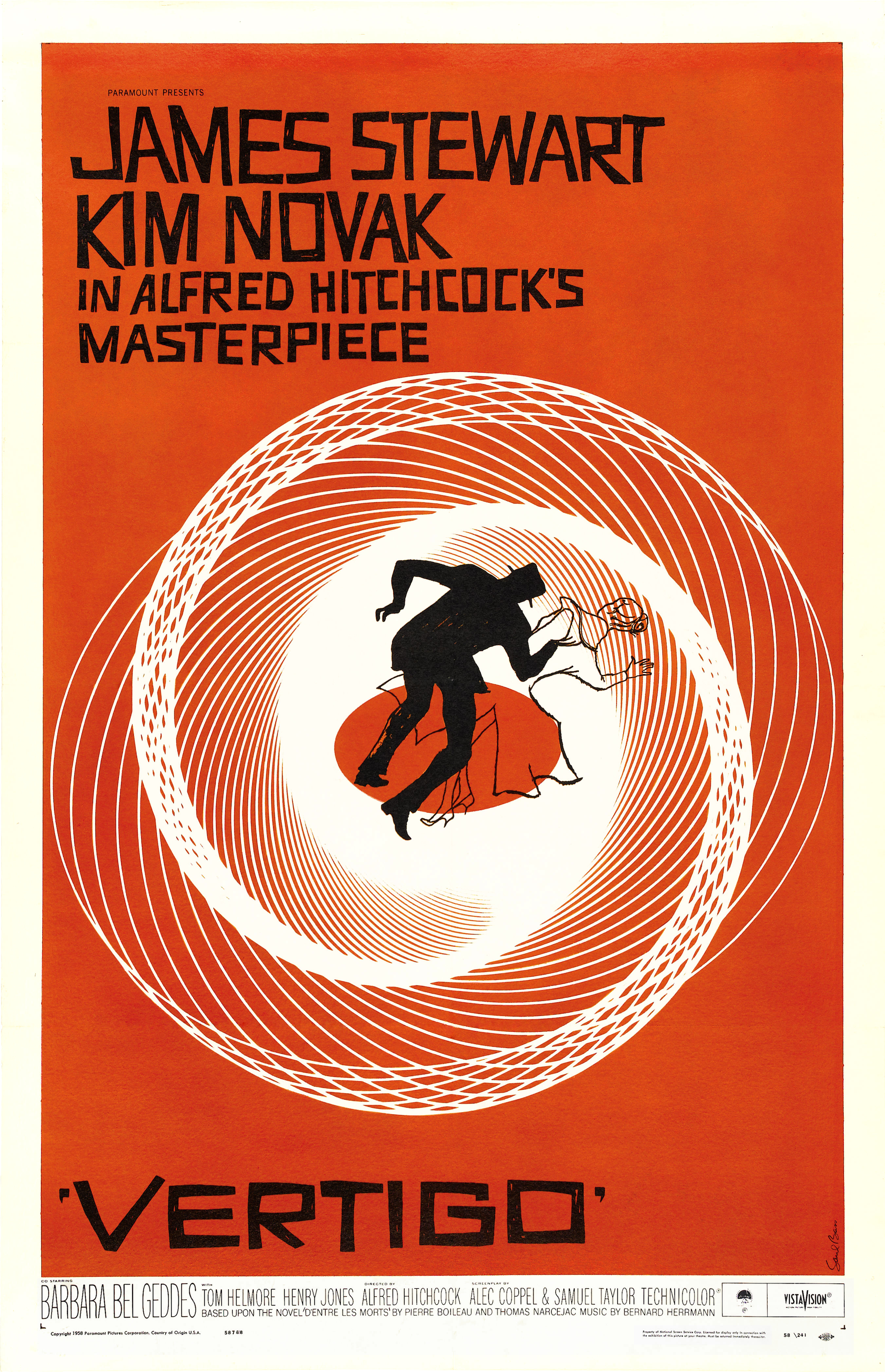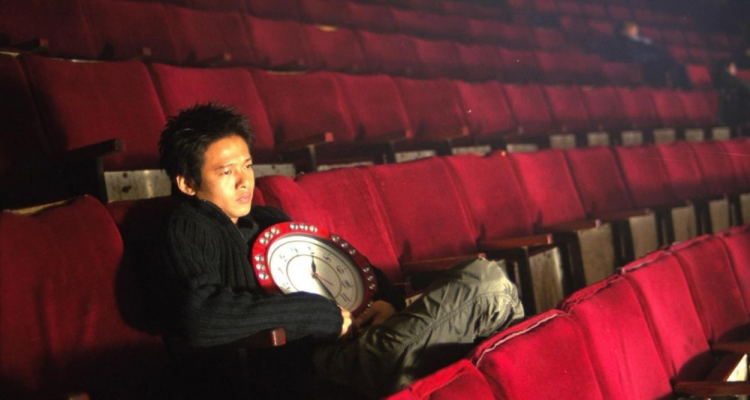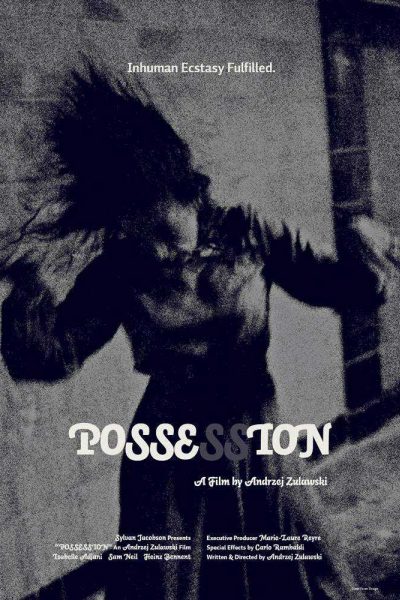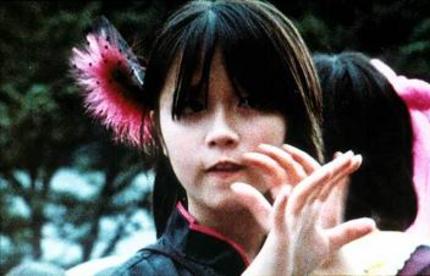Sharing my reviews of films that I find noteworthy. Most of the films reviewed here are personal favourites. The views expressed here are mine, though they are inspired and informed by readings I have done about said films. I do not claim that my ideas are wholly original or definitive - only that they ought to provoke discussion from lovers of cinema alike.
Film #1: Prelude: Dog Star Man (Brakhage, 1962)

While Dog Star Man can be read in terms of representation (what objects certain images correspond to in the real world), symbolism (femininity: moon to breast, Christianity: babies head to glass of Madonna) or metaphor (the myth of self-actualization and spiritual rebirth), it is first and foremost a work of aesthetics which directly implicates the spectator in the constitution of its own images. At its core, Dog Star Man is about what comes prior to and enables the condition of possibility for representation, symbolism and metaphor - the genesis of perception.
All perception emerges through a process of repetition and pattern-formation at a preconscious level. Dog Star Man is not a silent film, for it expresses the same mechanisms composing sound as that which constitute image. There are no pre-given figures; their emergence can only rely on fractured micro-perceptions (pure Affect/Sense/Flesh) that must construct both itself (the eye) and the external world (the mind's eye). Brakhage refuses the distinction between interior and exterior. Hence, their respective geneses can be said to be equivalent - the emergence of the world comes about in the same way as our perception of it. Before sedimentation of the concept (tree, green, waves), we have to rely on both habit and memory in order to make sense of perception. Habit comes about when we extract and contract a series of micro-sensations (AB, AB, AB) in order to perceive discrete/distinct patterns within perception itself, such that the emergence of A is closely followed by B. Simultaneously the present habit is supplemented by the past memory of concepts such that our perception of discrete repetitions is recognized as falling under that of the general concept. Brakhage suspends the second function (memory) so that our minds are now freed to form associations (AC, AC, AC). Free interplay and association generate shapes/forms instead of being overdetermined by them - how do our eyes unlearn, to teach it forgetfulness, to untrain it so as to perceive the field of "greening" instead of green. Indeed, the field of relations is presented not just to the human eye, but also that of the dog, the wind, etc. By juxtaposing different perceptions, Brakhage reveals multiple planes (and worlds) in which objects interact with one another by adopting non-localizable "shots" to show the inherent omni-perception in nature. Whether this entails us subscribing to panpsychism is not as relevant or interesting as the call for eternal creation. Not the creation of eternity, but need of the perpetual creation that is fundamental to reality. The question becomes no longer whether concepts latch onto our perceptions in a reliable way, but how do we create concepts from the infinite relations that can be obtained from perception. What cinema is all about, and needs to do, is an acceleration of repetition in order to continuously create new forms, and also the simultaneous deconstruction of familiar concepts. An explosive work of expressionism.
Film #1: Prelude: Dog Star Man (Brakhage, 1962)

While Dog Star Man can be read in terms of representation (what objects certain images correspond to in the real world), symbolism (femininity: moon to breast, Christianity: babies head to glass of Madonna) or metaphor (the myth of self-actualization and spiritual rebirth), it is first and foremost a work of aesthetics which directly implicates the spectator in the constitution of its own images. At its core, Dog Star Man is about what comes prior to and enables the condition of possibility for representation, symbolism and metaphor - the genesis of perception.
All perception emerges through a process of repetition and pattern-formation at a preconscious level. Dog Star Man is not a silent film, for it expresses the same mechanisms composing sound as that which constitute image. There are no pre-given figures; their emergence can only rely on fractured micro-perceptions (pure Affect/Sense/Flesh) that must construct both itself (the eye) and the external world (the mind's eye). Brakhage refuses the distinction between interior and exterior. Hence, their respective geneses can be said to be equivalent - the emergence of the world comes about in the same way as our perception of it. Before sedimentation of the concept (tree, green, waves), we have to rely on both habit and memory in order to make sense of perception. Habit comes about when we extract and contract a series of micro-sensations (AB, AB, AB) in order to perceive discrete/distinct patterns within perception itself, such that the emergence of A is closely followed by B. Simultaneously the present habit is supplemented by the past memory of concepts such that our perception of discrete repetitions is recognized as falling under that of the general concept. Brakhage suspends the second function (memory) so that our minds are now freed to form associations (AC, AC, AC). Free interplay and association generate shapes/forms instead of being overdetermined by them - how do our eyes unlearn, to teach it forgetfulness, to untrain it so as to perceive the field of "greening" instead of green. Indeed, the field of relations is presented not just to the human eye, but also that of the dog, the wind, etc. By juxtaposing different perceptions, Brakhage reveals multiple planes (and worlds) in which objects interact with one another by adopting non-localizable "shots" to show the inherent omni-perception in nature. Whether this entails us subscribing to panpsychism is not as relevant or interesting as the call for eternal creation. Not the creation of eternity, but need of the perpetual creation that is fundamental to reality. The question becomes no longer whether concepts latch onto our perceptions in a reliable way, but how do we create concepts from the infinite relations that can be obtained from perception. What cinema is all about, and needs to do, is an acceleration of repetition in order to continuously create new forms, and also the simultaneous deconstruction of familiar concepts. An explosive work of expressionism.
Last edited by Tyler1; 08-11-23 at 03:58 AM.
